Back in June we posted the first of two posts about food photography. We wanted to interview some other food bloggers on the subject of food photography to find out what they have learned and any advice they might have for others. We are also pleased to announce our nomination for Greece’s first BHMA Gourmet Food Blog awards! We are participating in the Special Diet category so if you feel like showing us and veganism some support feel free to click here and like us to vote for us. Thank you for your support! Now, here is part two of our food photography series:
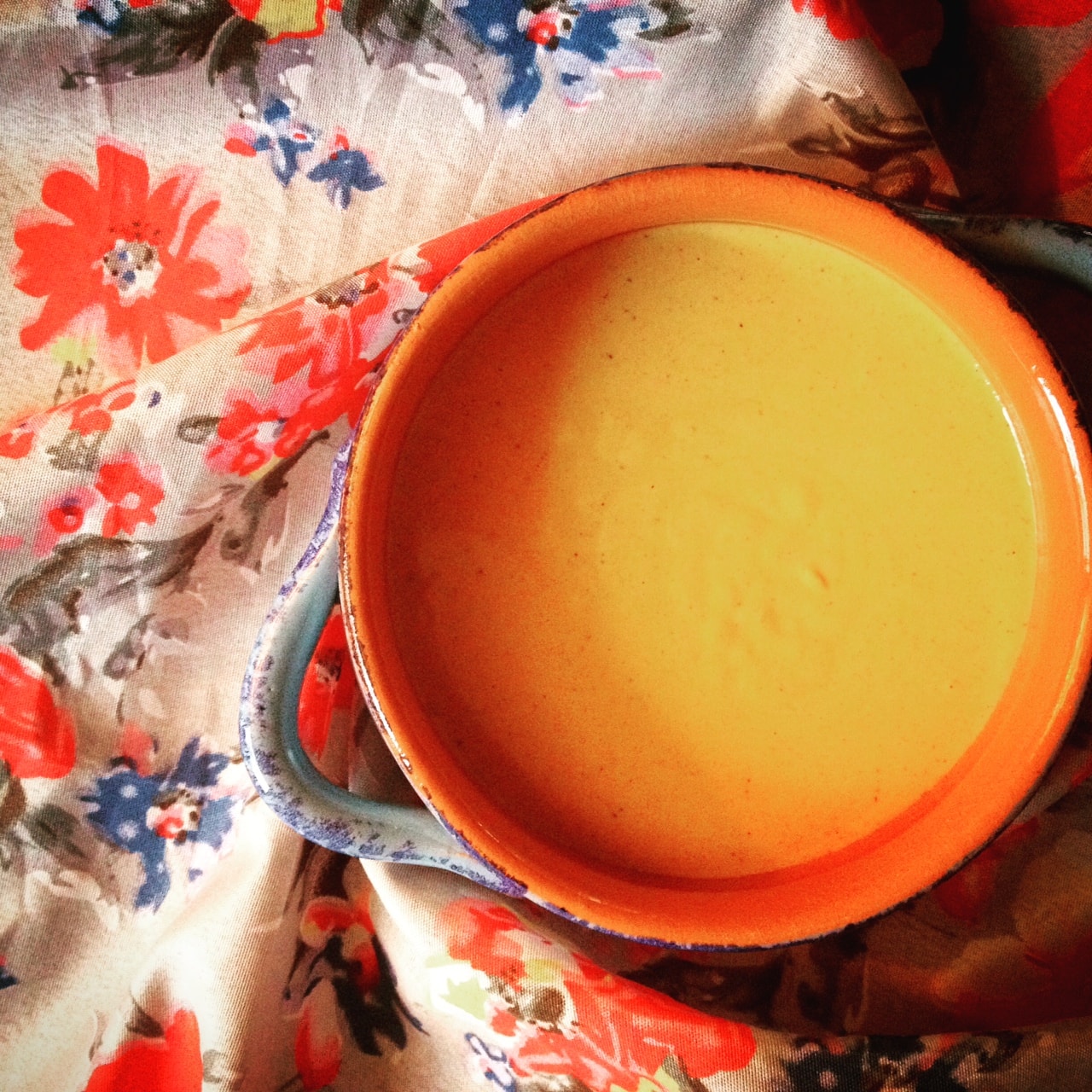
Kathrine from ohshecooks.com and I met after she read a post of mine in the beginning of this blog. The post was about being a vegan in Greece and she identified herself with the challenge. She started her blog 3 years ago to share fasting recipes with her friends, but it has expanded to become so much more since then. She likes how food blogging forces her to come up with new recipes, and she loves scouring the shelves at her favorite stores looking for weird, interesting ingredients. She says: “the occasional free product sample is nice, too!”. She hopes the future of her blog keeps expanding for the better. She used to photograph using a Canon Digital Elph. However, this past year she has been using her iPhone but says she wants a new camera.
(1) What would you say, from your experience, are the most important elements of food photography?
A well-plated dish and, as I’m learning, the props! A cute tablecloth and what have you…and everyone seems to have some old woodgrain table nowadays (at least it appears that way!).
(2) What has been the most difficult thing about food photography for you so far!
Everything. The first step is realizing your pictures are probably ugly, and you’ll have to read all kinds of articles and keep working at it until they look like something from out of a magazine. I’m only just now starting this process.
(3) Share a trick or a detail that helps make the food look better.
Simple things, like putting the food on the floor (but making it appear to be a place setting) and standing over it take the picture. Putting a white board against the wall to make a clean, bright background. Shooting tiny portions even though in real life I eat like a pig.
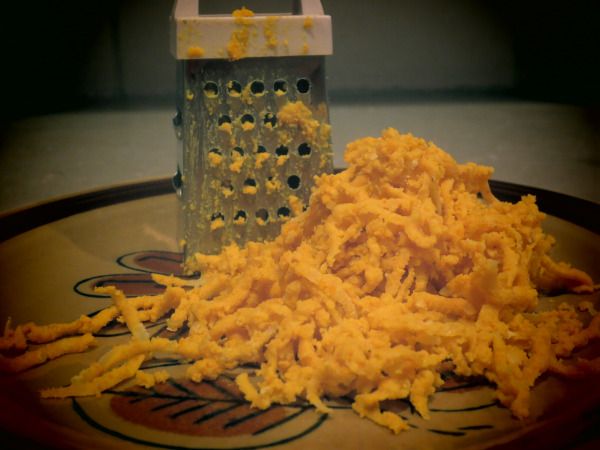
(4) What emotions or thoughts does food photography bring you?
ANXIETY! Right now it’s anxiety because I just recently started taking it seriously, and I had no idea I’ve been doing basically everything wrong. At the same time, it’s fun to learn – plus I have an excuse to prop shop!
(5) Give advice to someone who is just starting food photography. What is something you wish you knew when you first started?
I wish I would’ve read up on it before I started the blog, there are tons of great articles and whole blogs dedicated to giving tips for food photography. There are Facebook groups for food bloggers where people share information. You can look at Pinterest and see how your work compares. Look at popular food blogs.
—————————————————————————————————–
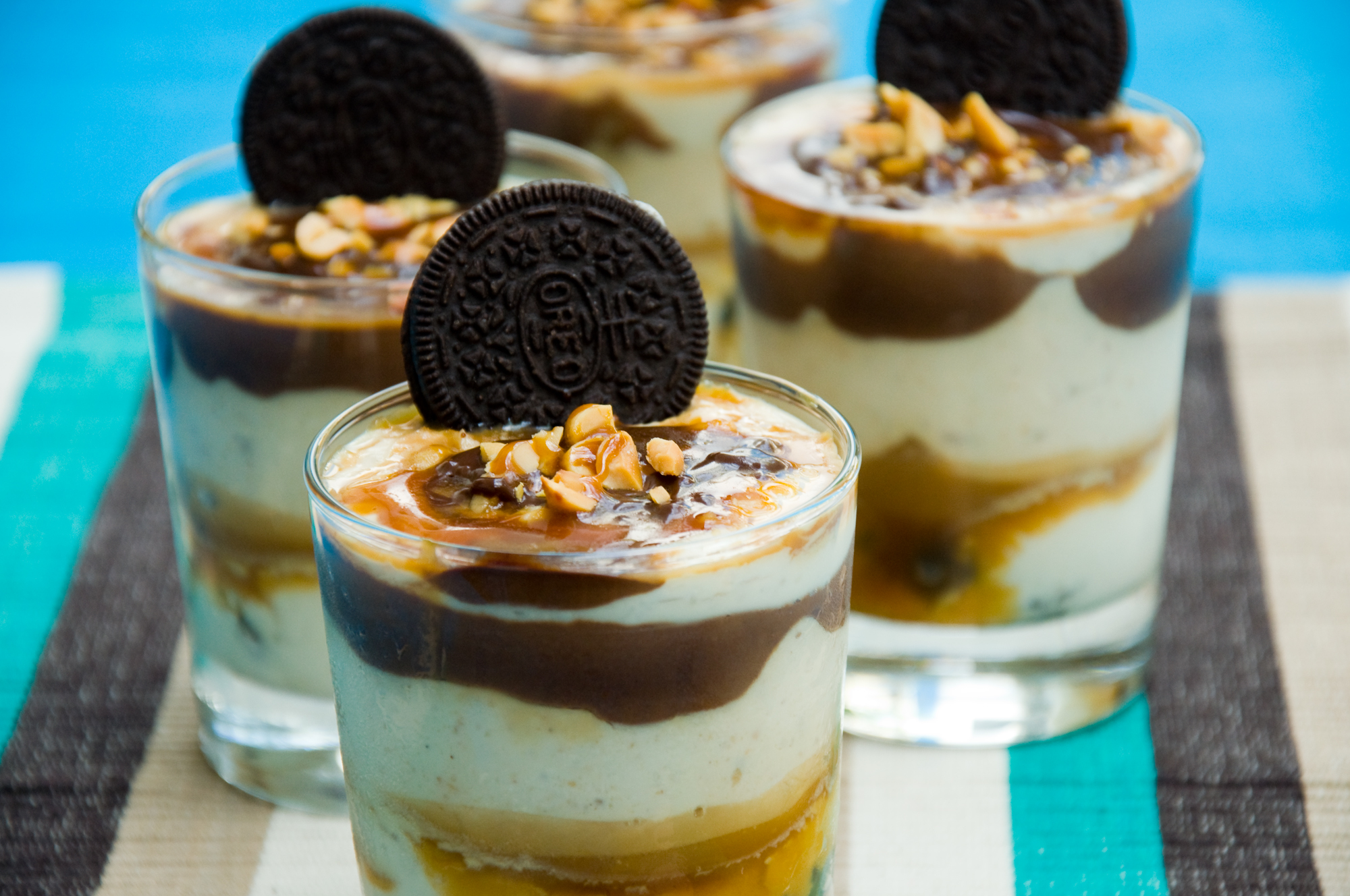
Hara is a friend we met through the blog. Living with MS, she experienced an improvement in her health from trying a vegan diet. She started her blog vivalasvegans.de about a year ago, to share healthy and delicious recipes with those looking for advice she can offer from her experiences. As a mother her time is limited so within her spare time she tries to come up with new ideas or write recipes for her blog. Some days this is not easy, but it is not impossible, and as she says it is important to take it easy and without pressure. She is grateful for the feedback from her readers, which as she describes feels like “getting applause from the audience when you are on stage”! She photographs using a Nikon D90 with a 18-105 lens.
(1) What would you say, from your experience, are the most important elements of food photography?
For me it’s the right colors and light! Daylight is still the best for food photography but when there is full sun I also use an umbrella or shade over me. The sun must be behind you or in a right or left angle, then I get the best results.
Room light could be also very nice if you want the photos to look very warm but additional sources of light are very important!
(2) What has been the most difficult thing about food photography for you so far?
To get pics from hot cheese or dessert sauces with only two hands 😉 . For example: you want to get a great photo from melting cheese strings on pizza or a running cream sauce over a cake or dessert (when you let it drop down on it).
it is really tricky to handle it and get the right shot with only two arms ;).
(3) Share a trick or a detail that helps make the food look better.
There are some recipes which look better in the photo if your don’t cook them till the end . Take them earlier from the oven/fire and make a pic. For example: BBQ stuff or dishes from the oven.
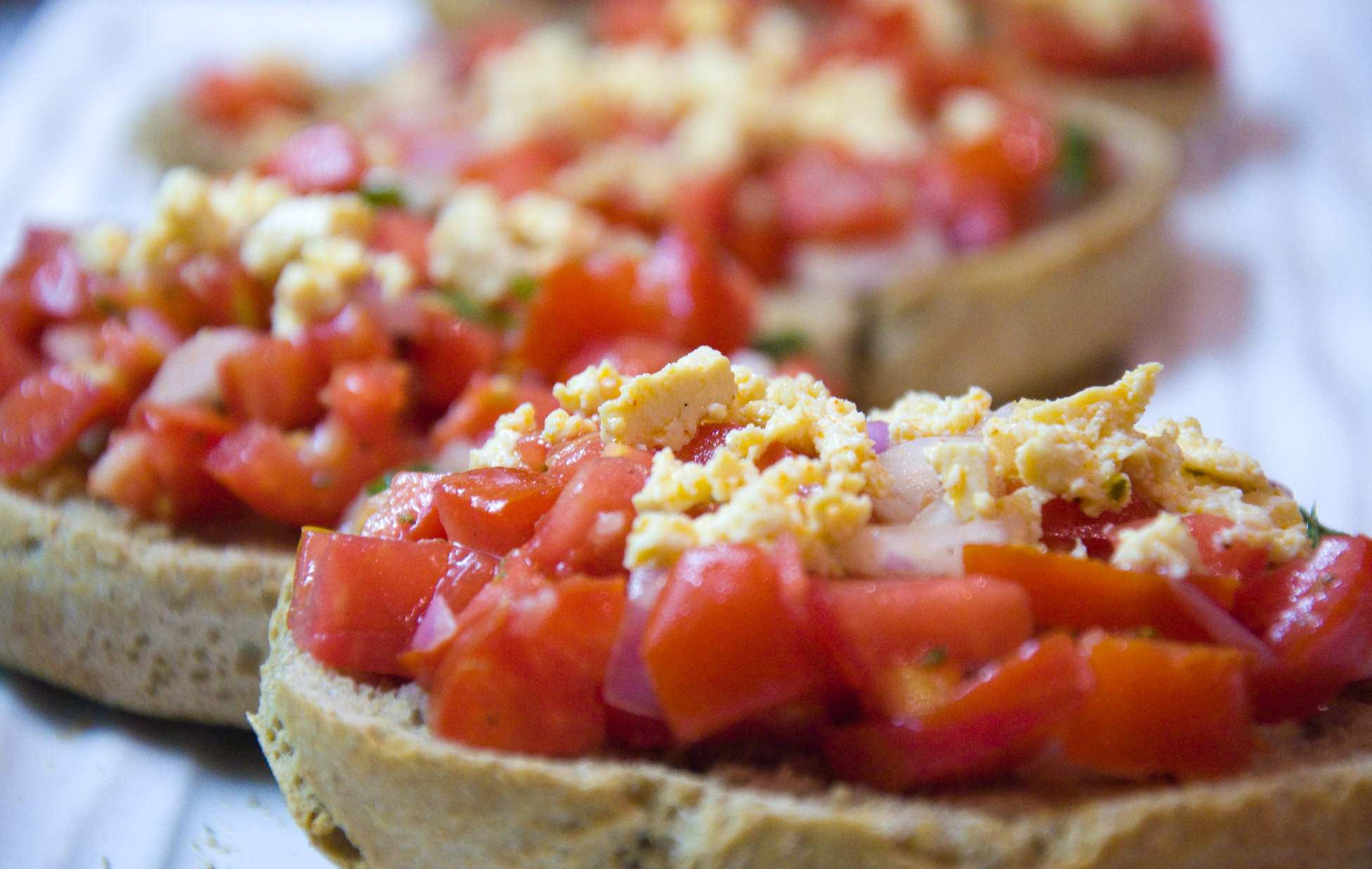
(4) What emotions or thoughts does food photography bring you?
The desire to cook and try out the food I see in the photography.
(5) Give advice to someone who is just starting food photography. What is something you wish you knew when you first started?
Use only fresh food. It doesn’t have to be perfect, just fresh! Put a lot of love and all your creativity in what you cook and do because it will show in the pictures! Look for nice table cloths and accessorizes to place around your food.
Try not to only use some ingredients or the same colors in the food.
Also, try different perspectives and positions (from the top, right angle, left angle, in front of it) . I used to think it was very important to have a good, expensive camera. However, now i know it is more important to know your camera very good! It is possible to make great pics with a cheep camera, you only have to know how to handle it ;).
—————————————————————————————————–
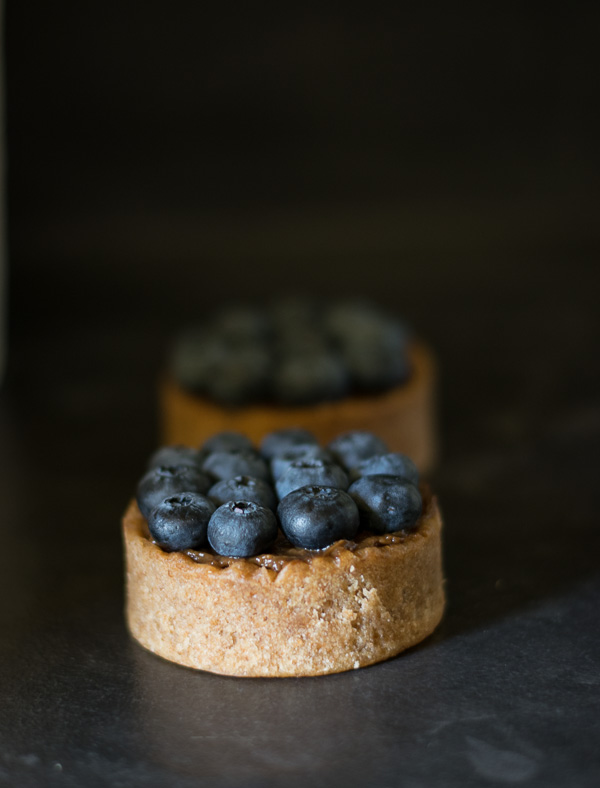
Aris lives in Athens and about a year ago decided to start his blog neanikon.gr in order to introduce friends and relatives to the world of well thought out nutrition free from fear mongering and absolute opinions. Four years ago he decided to stop eating processed sugar. In an effort to prevent his diet from becoming something boring and one sided he discovered a wonderful world of sweets made using with natural ingredients. He didn’t have any pastry experience, which you can’t easily believe from looking at his impeccable creations. When I asked him how he feels as a minority among all the female food bloggers he answered he never thought of it that way, as he is following many male food bloggers outside of Greece. Statistically though, even in this post, he is the minority! He wants to see his blog expand and along with it to evolve within all of it’s areas. He photographs using a Nikon D3300 with a 50mm lens.
(1) What would you say, from your experience, are the most important elements of food photography?
I think there are many and the only way for someone to apprehend that is to combine theory and practice. I consider the subject must be in the appropriate angle, to be lit correctly and be focused, and also if necessary to create a contrast with whatever else is in the frame. After solving the technical issues, you have to take styling into consideration. The photograph should narrate a specific story and evoke such emotions to the viewer. To make this happen we usually need to have a clear concept in mind beforehand, which may require to look for other props to fill the setting besides the food. Of course I want to emphasize that I am speaking from my very short amateur experience. Apparently the professional approach is much more demanding.
(2) What has been the most difficult thing about food photography for you so far?
I am still in a phase where everything puzzles me and nothing satisfies me completely. For example, the overhead photos are troubling me a lot, on one hand because my 50mm lens is not appropriate for them and on the other hand because to capture all the information for the photo without using a tripod (handheld) I need a lot of light and high aperture. The department where I count the most failures, of course, are ice creams; they almost always melt before I get the right shot.
(3) Share a trick or a detail that helps make the food look better.
I think it helps if the light doesn’t fall directly on the food. I prefer using a foam board to reflect light softly on the subject. This way the colors come alive without creating harsh shadows or overexposed areas. We can also use a white fabric to diffuse the light and a black one to block it which are useful tricks when we need a more atmospheric photograph.
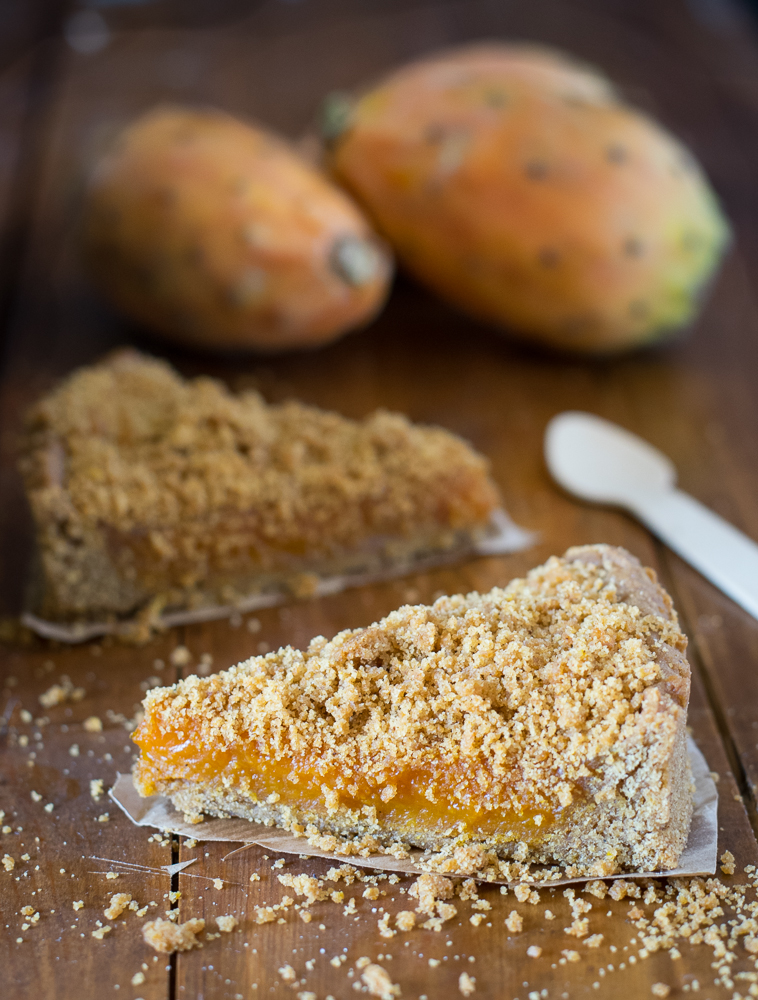
(4) What emotions or thoughts does food photography bring you?
Right now it’s more anxiety towards the result with less happiness and creativity. I don’t feel upset, because I understand the technical side of photography requires knowledge and experience.
(5) Give advice to someone who is just starting food photography. What is something you wish you knew when you first started?
If it is within their budget, they should invest in a DSLR camera and in an appropriate lens for portrait/food as soon as possible. With a lot of studying and inspiration from other bloggers the desirable results will slowly be obtained.
Eftychia from the elegant sweetbynature.gr brings an interesting mix of analytical and alternative way of thinking. A Computer Science major that is also a certified yoga teacher who is involved in vegan/raw vegan food blogging. Interesting doesn’t begin to cover it! She started out a few years ago with the Hippocrates diet to cleanse and continues with homeopath, herbal therapy plus constant studying of nutrition and health books. Looking for new recipes free from animal products and sugar (since she has a sweet tooth) she decided to create the blog, at first to use it for herself, to have her recipes on hand anywhere she was. Along the way she has gained many appreciative fans and now she has something that helps not only her but also a lot of other people. She finds her food blogging experience to be absolutely creative and magical, and in the future she would like to study something relative to vegan or raw vegan nutrition. She photographs with a Nikon D3200.
(1) What would you say, from your experience, are the most important elements of food photography?
The most basic thing I take care of in food photography is…the light! I chase the light in the house and this past winter was rather cloudy and rainy and it got on my nerves. I photograph without flash and when the light is minimal I make adjustments in my photo editing program (on MacBookPro).
(2) What has been the most difficult thing about food photography for you so far?
The most difficult part is when I have made something that looks delicious and I have to photograph it before trying it!
(3) Share a trick or a detail that helps make the food look better.
Sometimes I use the oven pan from my kitchen as the base or for the background because it creates a very nice, dark background.

(4) What emotions or thoughts does food photography bring you?
The whole process creates happiness and satisfaction to me. If I don’t have time, I don’t pressure myself to post obligatorily. This is why I don’t post often. Last year for example I went through a period of 3-4 months without posting. I prepare recipes when I have time (mostly over the weekend) and I consider it one of my most creative occupations. I am very proud and do what I can. Besides it is a hobby and not work for me.
(5) Give advice to someone who is just starting food photography. What is something you wish you knew when you first started?
Enjoy it. Invest in a good camera. Buy interesting plates. Create a Pinterest account. Read a lot of books on nutrition. Use the setting for softening the background on your camera.
Oikopotamos was created by Stella, a Greek language teacher/linguist that also likes to paint, for the reasons she explains below: “During my transition to veganism, a lot of people from my immediate environment were asking me, not only about food but also about other parts of my life that happened to be “alternative” to what the majority used. So I tried to answer as complete and informed as I could and many people responded with “why don’t you make a blog to inform people about those matters?”. The more they said it, I started thinking seriously about it and eventually did it!” She has added other people in the creative team now, who write articles when they want. She likes reading reader’s comments since they often give her ideas, and she likes meeting other bloggers or members of groups with similar interests. She photographs using her cellphone or with a Nikon DSLR she borrows from a friend from time to time.
(1) What would you say, from your experience, are the most important elements of food photography?
The most important element for me is lighting. No matter the background and the plates, nothing says “nutritious and yummy” like a dish showered with a lot of preferable, natural light.
(2) What has been the most difficult thing about food photography for you so far?
Getting a beautiful photograph of the food every time. Sounds simple enough, but I don’t make or serve food separately to photograph it. I serve to eat and before we grab the spoons I stop for a couple of photos. But when I am truly hungry, or when my partner complains for half an hour because he wants to eat, to be honest, it is not always easy to try and find the perfect setting or the most flattering angle.
(3) Share a trick or a detail that helps make the food look better.
Close ups! The shots taken from a short distance, for when you don’t have time to set a background, they show the texture of the food up close, so that someone seeing it can crave it without you having to devote a lot of time.

(4) What emotions or thoughts does food photography bring you?
As a noob on the subject, it creates two emotions to me : 1) anxiety and 2) surprise “Hm, check this out, this one came out good! How come?”
(5) Give advice to someone who is just starting food photography. What is something you wish you knew when you first started?
Take online food photography classes. They help a great deal and make the blog incomparably prettier and more professional. There is already so much knowledge on the matter out there, it is a pity to start from zero. In fact, you should study beforehand, because when you have a blog so many things start happening that it is not certain you will have time to fit that in as well.
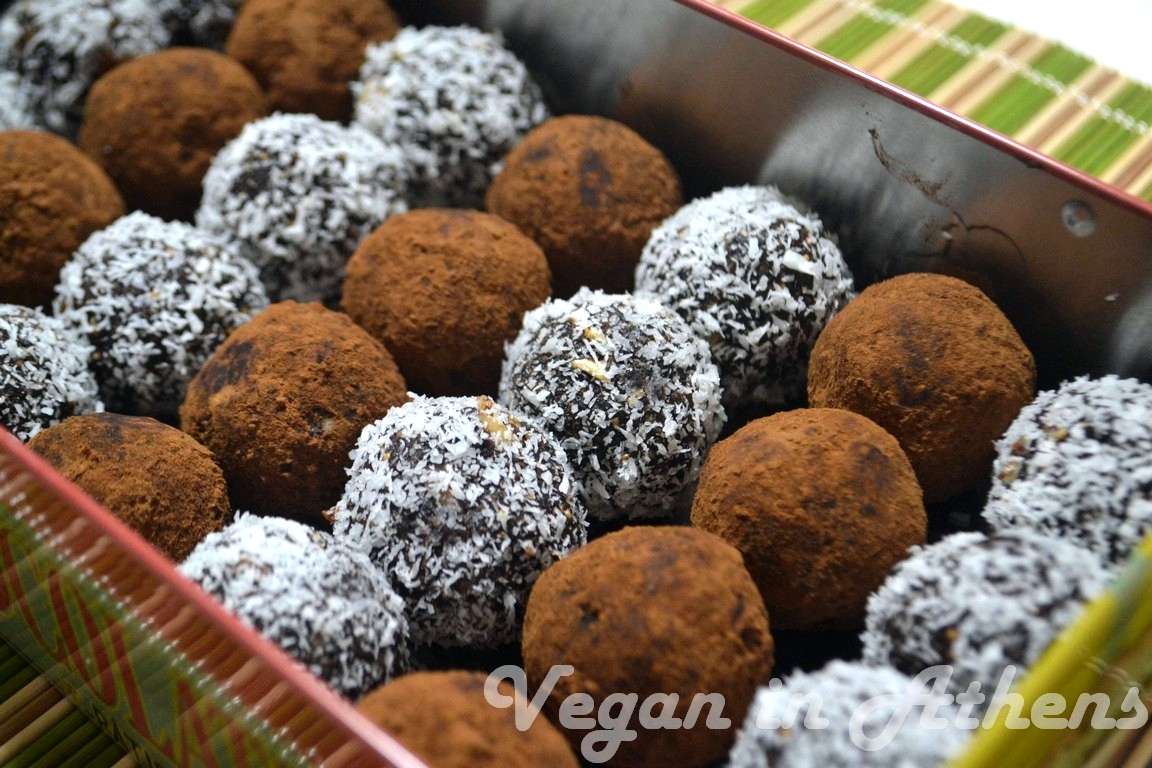
Vicky is the creator of veganinathens.com , a Greek blog that carries serenity and peacefulness in the upset city. In her calm way she writes about her memories and her travelling along with tested and inspired recipes. She enjoys every moment of food blogging, from the food preparation to writing the posts. Even though her job doesn’t allow a lot of time for planning for the future of her blog, it is enough for her to be healthy and keep enjoying what she does. She has fallen in love with photography very much and the creation of her blog was the cause of that (which is what happens to many bloggers). She photographs using a Sony Cybershot.
(1) What would you say, from your experience, are the most important elements of food photography?
First of all I want to thank you for your hospitality in your beautiful place!
Before I say anything I think it is good to clarify that I am not an expert in photography, I haven’t studied it, and whatever ideas and suggestions I have to make are the product of the experience I gained in the year and a half that I have had the blog.
I imagine those of us who devote time to food blogging love cooking and food! So, starting there, we are called to look for a beautiful way to capture our beautiful creations. This is a creative procedure that not only include the preparation of a beautiful and tasty dish, but also the artistic photo-shoot of these dishes. As a result the conditions for a good dish also apply to getting a good photo. The first basic step is to choose fresh seasonal ingredients and to handle them with care. For example: a vegetable that has been excessively cooked looses both nutritious and photographic value.
Photography, just like cooking, require persistence and patience. We test different lighting, settings and angles (depending on the subject, light of day, place where we photograph, etc) plus we make new observations as we go. Over time with constant effort we will get our own conclusions that meet our aesthetic desires. Sooner or later we will find our own personal, unique art.
(2) What has been the most difficult thing about food photography for you so far?
I think the most difficult subject of photography is food which acquires dull colors or hard to distinguish texture from cooking or other processing methods. Usually this happens from overcooking, but in some occasions it is inevitable, such as pate, soups, etc. Let’s imagine a hummus from red beans. The end result will definitely be very tasty but the brown color won’t reflect in any way the flavor. What is the solution though? To hide such recipes as if they don’t exist? Here I think presentation is of the utmost importance; the decoration and lighting. This ensures the reader doesn’t get discouraged from trying a successful recipe plus the creator feels satisfaction not only from the tasteful creation but also from the photographic result.
(3) Share a trick or a detail that helps make the food look better.
I have been involved in the kitchen ever since I can remember, but photography was terra incognita for me. Because my motive, which was sharing my recipes, was very strong, I dealt with it on my own and I keep discovering new tricks that never occurred to me before! For example: to shoot the same dish from many different angles until I find the right one. When I compared the photos I saw major differences that I didn’t even imagine were possible so I still apply this trick!
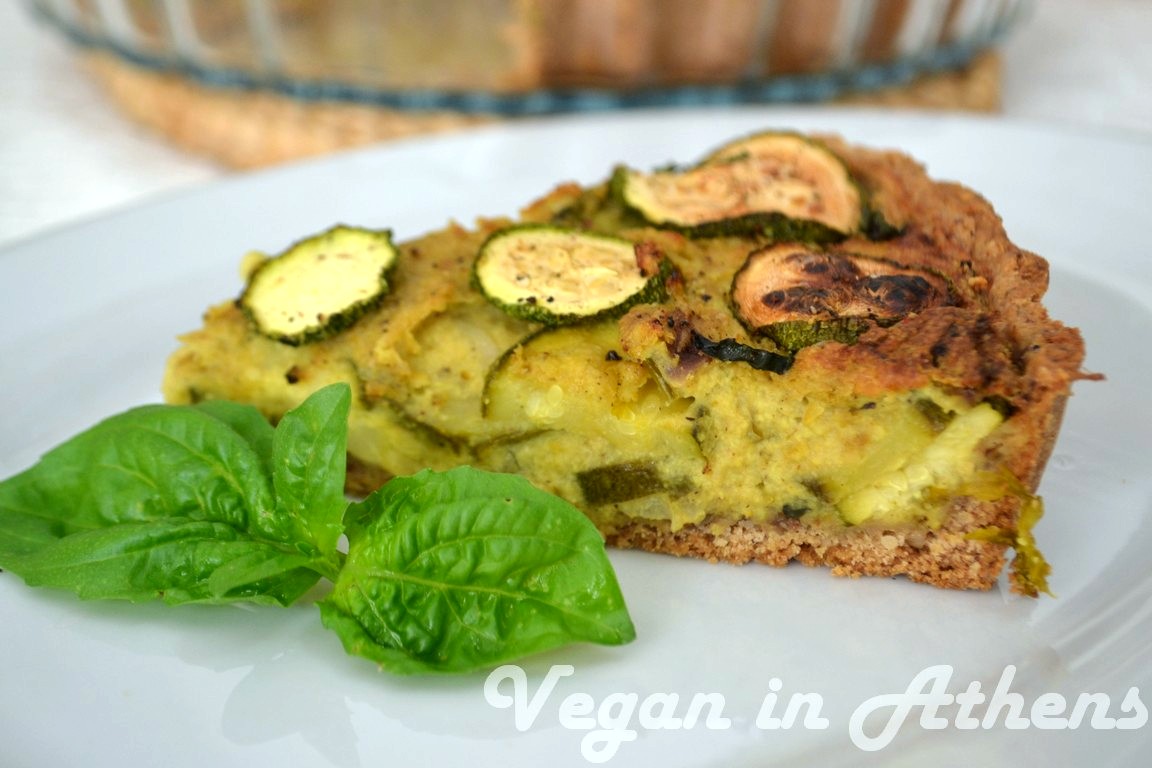
(4) What emotions or thoughts does food photography bring you?
The kitchen is a place that relaxes me either way. As for photography, even though I am very new to it, I find it fulfills and satisfies a big part of my need to express myself creatively. So, my happiness is indescribable every time I have to face a new challenge of producing and photographing!
My only problem is time. Often, because of work, my time is limited and then I feel I can’t do as much as I want such as noticing the decor, taking as many shots as I would like, and cooking and photographing more frequently.
(5) Give advice to someone who is just starting food photography. What is something you wish you knew when you first started?
Through art we imprint our emotions and communicate them to others. The process of cooking and food photography though have a particularity in comparison to other arts. A painter or musician can reflect all their emotions – positive or negative – into their creation, a cook (in my opinion) should not do this. The primary function of food, from the simplest to the most complex dishes, is to nourish us not only with nutrients but with energy as well. The emotions which are incorporated into it during the preparation are carried unaltered to whomever consumes it. Nature has offered us the unprocessed, natural ingredients as the most pure form of energy. However, a big part of it gets lost because of intensive farming, unacceptable working conditions for farmers, ruthless exploitation of animals and the destruction of the ecosystems in which they live. Let’s not forget about the pesticides and the conversion of food to a means of enrichment for some either; while is should be an undeniable and guaranteed good for all humans, not just a select few. Maybe we can’t change all of that in one night, but at least let’s not forget to “charge” our food and photos with love to share them with open hands with the people that surround us.
 Copyright protected by Digiprove © 2015
Copyright protected by Digiprove © 2015
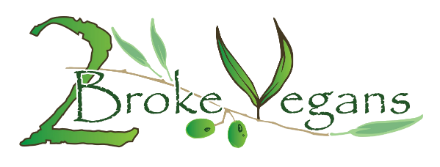

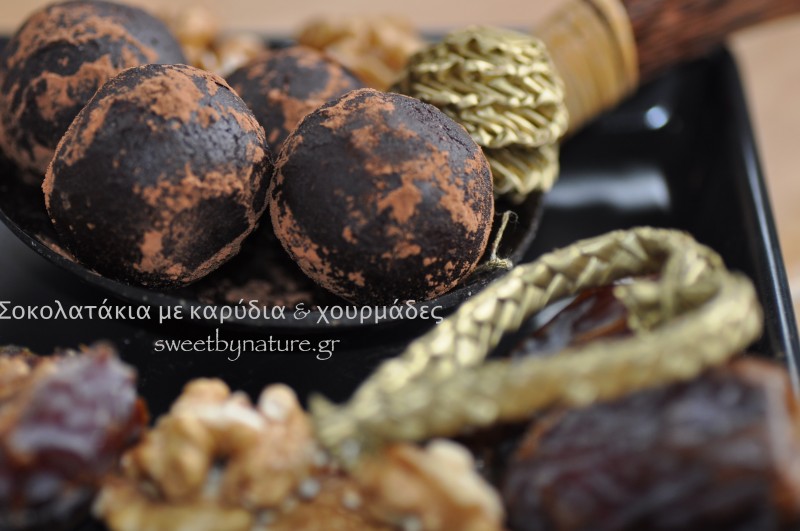
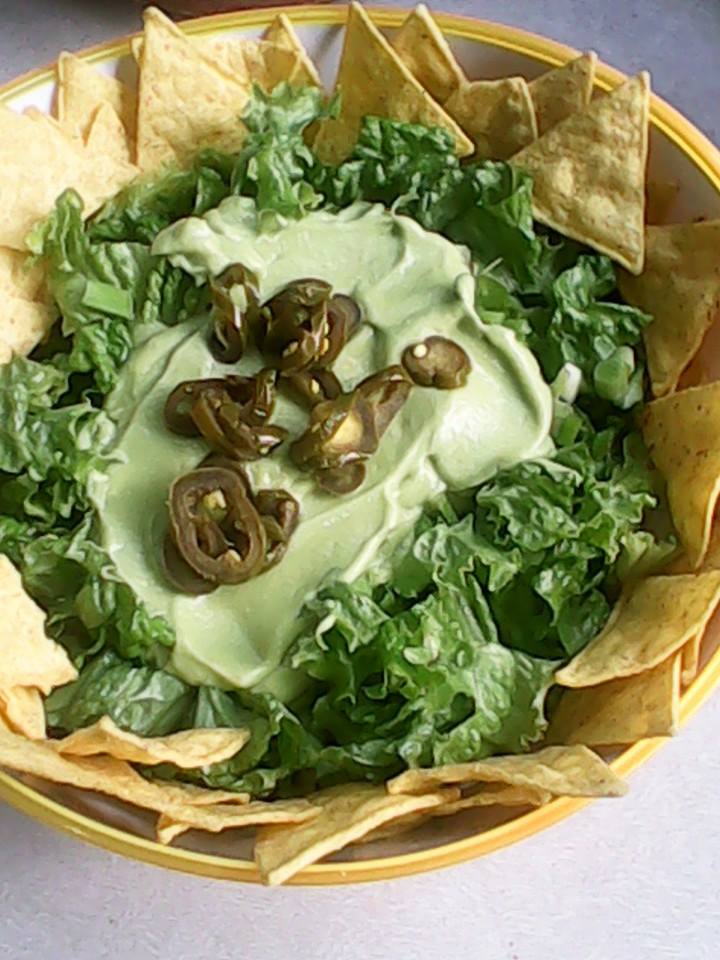
<3 <3 <3 LOVE how this turned out, very informative. I can still use all the help I can get 🙂
Thank you very much for participating! You’re awesome!